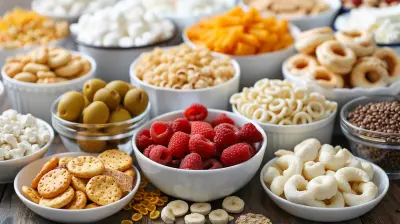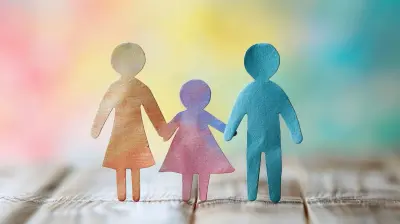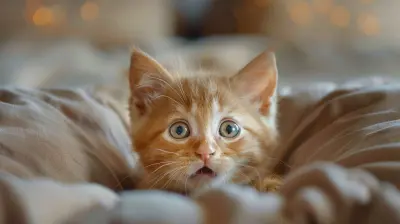Hydration Tips for Kids: Making Water Fun
6 August 2025
Let’s be real: getting kids to drink enough water is like trying to convince them that vegetables are candy. It’s not impossible, but it sure feels like climbing a mountain in flip-flops. We all know hydration is essential, especially for those little energy-fueled, constantly-moving machines we call children. But how do we make water—the most basic, tasteless, and often "boring" drink—something they actually want?
In this article, we’re diving deep (pun intended) into easy, fun, and practical hydration tips for kids that take water from “meh” to “more, please!” Whether your kid is glued to their screen or a playground warrior, these tips will help you sneak hydration into their daily routine without breaking a sweat.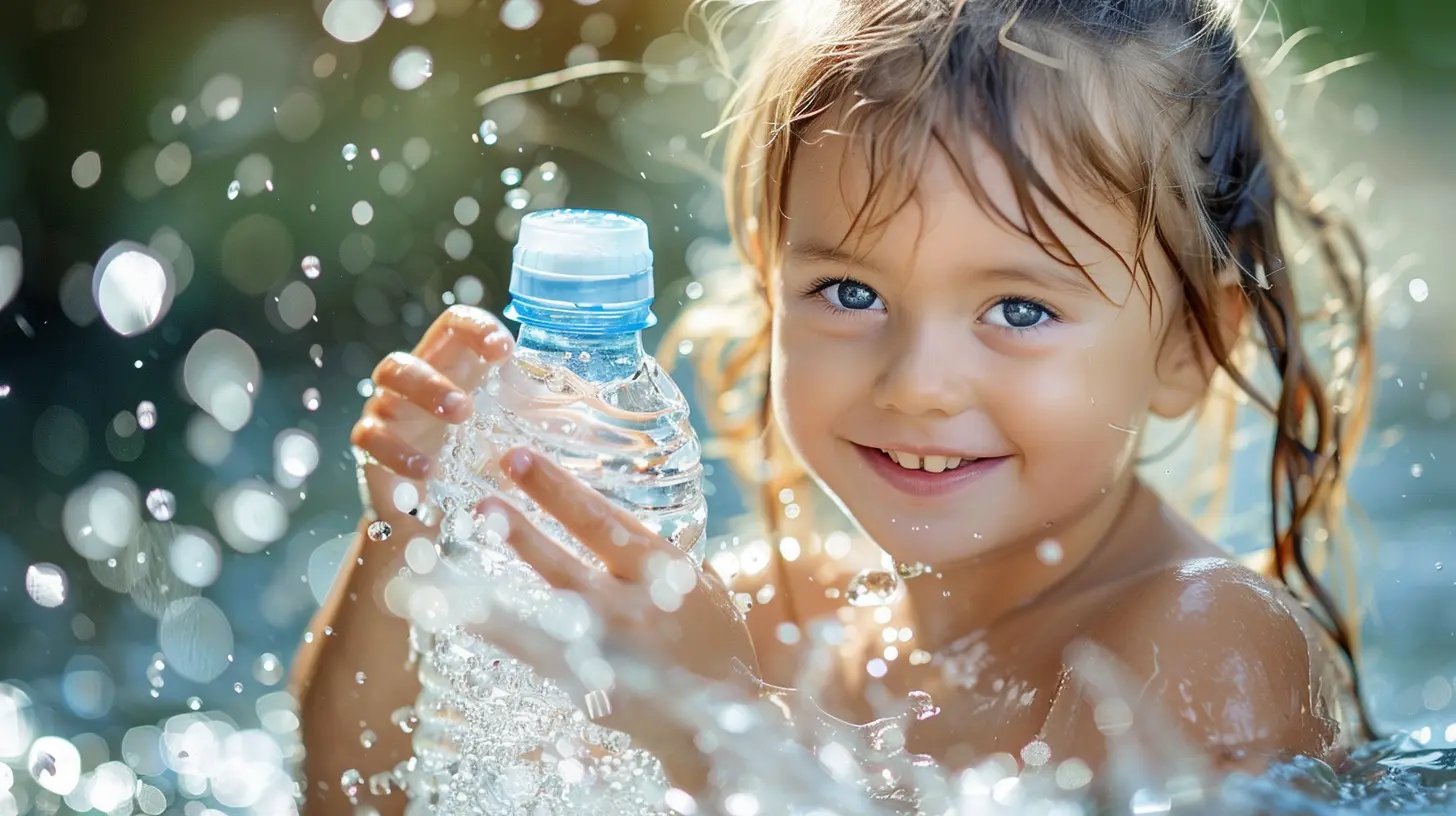
Why Hydration Matters (More Than You Think)
Kids are like sponges—literally and figuratively. Their bodies are made up of about 60% water, which means they need a consistent water intake to function properly. We're not just talking about avoiding dehydration here. Proper hydration supports energy levels, improves focus (yep, even during homework battles), aids digestion, and helps regulate body temperature.Still not convinced? Dehydration in kids can lead to fatigue, headaches, poor concentration, crankiness (hello, tantrums), and even constipation. It’s not pretty.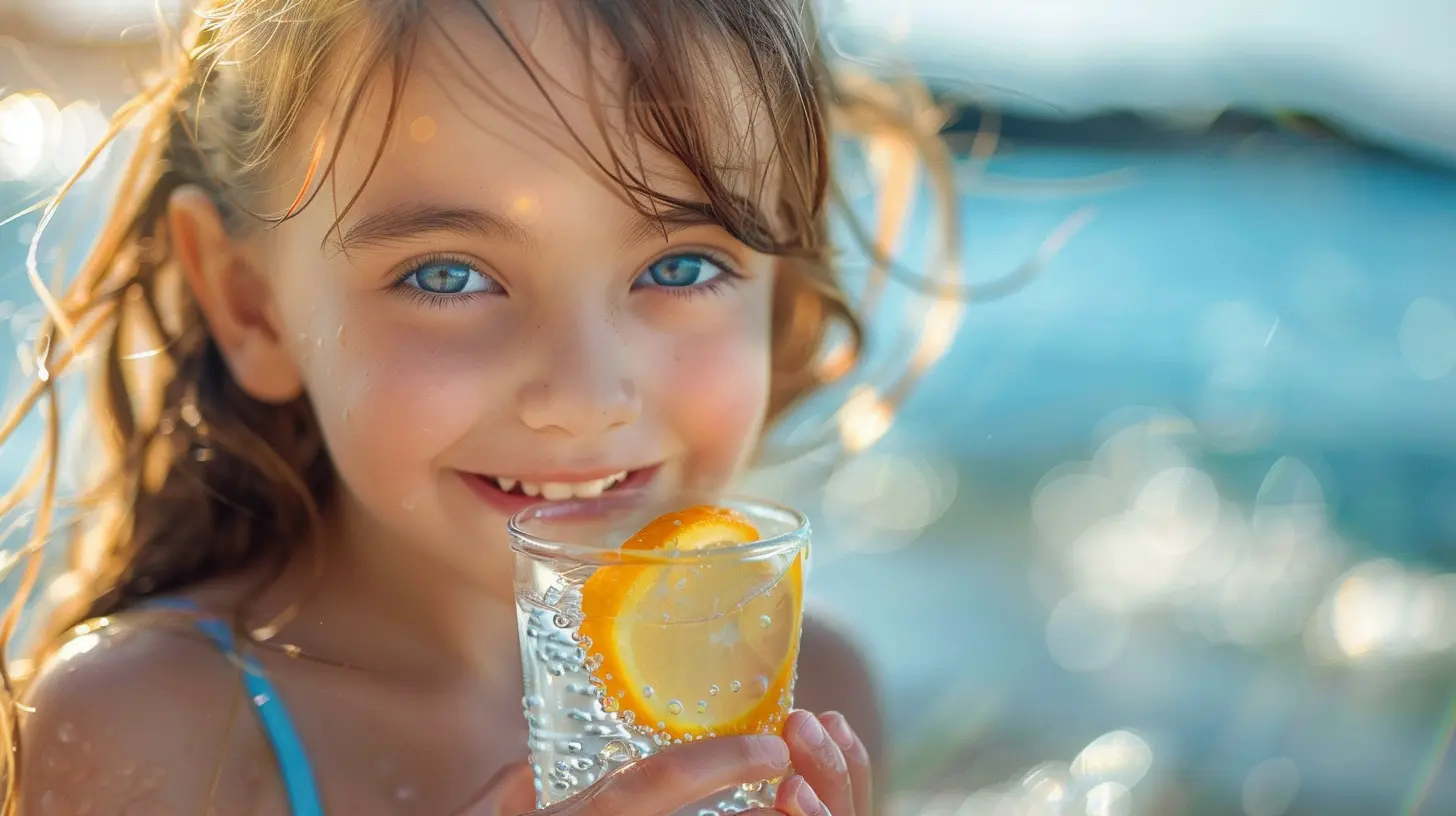
How Much Water Should Kids Drink?
Here’s the golden question: how much is enough?While it varies based on age, activity level, climate, and even diet, here’s a general guideline:
- Toddlers (1–3 years): About 4 cups a day
- Young kids (4–8 years): 5 cups a day
- Older kids (9–13 years): 7–8 cups a day
- Teens (14+ years): 8–11 cups a day
Keep in mind, if your child is running around a lot (hello, summer camp), they’ll need even more. And no, juice and soda don't count—not really. We're talking about good ol’ H2O.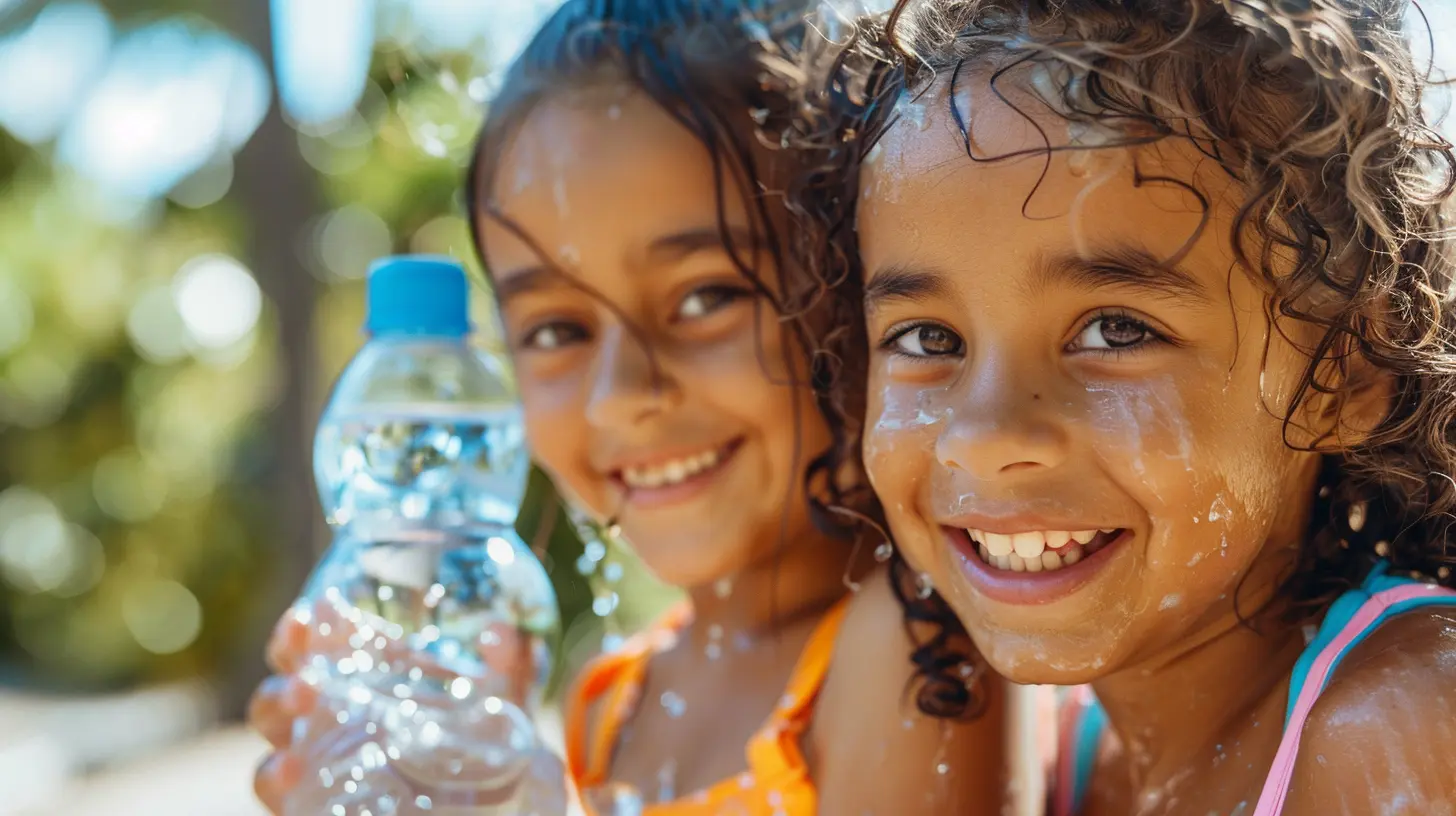
The Struggle: Why Kids Say “No” to Water
Let’s face it—water doesn’t exactly have the “wow” factor like a fizzy soda or neon-colored juice box. Kids are naturally drawn to excitement, bright colors, and sweet flavors. So when you hand them a plain glass of water, it’s like offering cardboard for snack time.But here’s the thing: it’s not about forcing kids to chug water like it’s a race. It’s about making water more interesting, accessible, and, dare I say it—FUN.
Top Hydration Tips for Kids That Actually Work
1. Give Water a Makeover with Natural Flavors
Plain water is fine, but a little pizzazz never hurt anyone. Add slices of fruits like strawberries, oranges, lemons, limes, or even cucumbers to your kid’s water bottle. Want a twist they’ll love? Try a few mint leaves or a splash of 100% fruit juice (just a splash!).You can even let them choose the mix-ins. Let’s call it “Water Potion Time” and let them be the hydration wizard. Trust me, kids love creating their own concoctions.
2. Use Fun Bottles and Cups
Kids are visual creatures. Give them a cute water bottle with their favorite cartoon character, or let them decorate their own reusable bottle with stickers. Bonus points for straws, twist tops, or even mini water dispensers made just for them.It’s kind of like when you get a fancy coffee mug—you want to use it, right? Same concept.
3. Set Water Challenges
Gamify it! Create a chart to track how many cups of water they’ve had. Use stickers, stars, or small rewards for meeting their daily goals. You could even make it a family competition. First one to hit their water goal gets to pick the movie night film!When kids feel like they're achieving something, they’re more likely to stick with it.
4. Hydration Popsicles (Yup, They're a Thing)
Frozen water? Kinda boring. But freeze fruit-infused water into popsicle molds and BAM—you’ve got bliss on a stick.You can even sneak in extra hydration by blending watermelon, coconut water, or cucumber with a little fruit juice before freezing. It’s a sneaky hack that feels more like dessert than duty.
5. Get Tech Help (Yes, There’s an App for That)
Older kids and teens who are practically fused to their devices? Use that to your advantage.There are apps that remind them to drink water—complete with cute animations and rewards. Or you can just set timers as friendly reminders throughout the day.
6. Keep Water Within Reach—Always
Out of sight, out of mind, right? Keep water readily available around the house. Place small cups on low counters they can reach, keep mini bottles in backpacks, and always have a jug in the fridge.Pro tip: add fun labels like “Magic Fuel” or “Brain Juice” to make it more appealing.
7. Hydrate Through Foods
Spoiler alert: not all hydration comes from water glasses. Lots of fruits and veggies are water-rich and perfect for kids.Some top picks:
- Watermelon (obviously)
- Cucumbers
- Oranges
- Strawberries
- Grapes
- Yogurt
These make great snacks and pack that hydration punch without a battle.
8. Make Water Part of Every Meal
Set a routine: water comes with breakfast, lunch, dinner, and snacks. No need to nag—just make it a habit. Keep a pitcher on the table and refill everyone's glass regularly.Bonus tip: Let your child pour their own water (with supervision). Giving them control makes it more fun and empowering.
Hydration Myths Parents Believe (Don’t Fall for These!)
“Juice and milk are just as good as water.”
Nope. While they contain water, they also come packed with sugar, calories, and sometimes additives. Think of them as treats, not replacements.“If my kid isn’t thirsty, they don’t need water.”
Wrong again. Thirst is actually a late sign of dehydration. Encourage regular sips throughout the day before thirst kicks in.“Clear pee equals perfect hydration.”
Sounds weird, but true. Pale yellow is what you’re aiming for—not crystal clear. Overhydration is a thing, too (though rare in kids).Encouraging Healthy Hydration Habits for Life
Hydration isn’t just a kid problem—it’s a human problem. The earlier we instill good water habits, the more second-nature they become as our kids grow.Here are a few final ways to embed the habit:
- Be a role model. Drink water yourself, and make it visible.
- Talk about bodies and health in simple terms: “Water helps your brain think better!”
- Let them feel the difference. “Remember how tired you felt yesterday? Bet some water would’ve helped!”
Make it relevant, make it real, and keep it consistent.
When to Worry: Signs of Dehydration in Kids
While it’s usually easy to fix at home, dehydration can sometimes need medical attention. Watch for signs like:- Dry mouth or cracked lips
- Few or no tears when crying
- Sunken eyes
- Less frequent urination
- Dark-colored urine
- Lethargy or irritability
If you spot these and regular hydration doesn’t help, it’s time to call the doctor. Better safe than sorry.
Final Thoughts: Water Doesn't Have to Be Boring
Getting kids to love water is kind of like turning broccoli into a superhero—they just need a little marketing. Add some color, fun, and a dash of creativity, and you’ll be well on your way to raising mini hydration pros.Remember—it’s not about perfection, it’s about progress. One sip at a time.
Cheers to water-filled water bottles and fewer tantrums caused by dehydration. You’ve got this!
all images in this post were generated using AI tools
Category:
Healthy MealsAuthor:

Kelly Snow
Discussion
rate this article
1 comments
Tatianna McInnes
Love these creative hydration tips! Making water fun for kids is such a great way to encourage healthy habits from a young age. Thanks for sharing!
August 11, 2025 at 2:33 AM

Kelly Snow
Thank you! I'm glad you found the tips helpful. Encouraging kids to enjoy water can make a big difference in their hydration habits!
